June 2015. We drove up and up and up along the road slashing across the edge of the escarpment above Zomba town, with views expanding across to Mount Mulanje about 70 kilometers east. At the beginning of the dry season burning of agricultural fields was starting, and the view was a bit hazy. Once up on the plateau the road passes Mulunguzi Dam on the southern branch of the Mulunguzi River, which stores the water supply for Zomba town. This branch of the Mulunguzi has its headwaters in the Zomba Forest Reserve, which was established in 1913 during the colonial era, in part to protect the watersheds that arise on the plateau. But the colonial foresters were also hell-bent on producing timber, and they cleared most of the native forests for plantations of non-native timber species, mainly Eucalyptus from Australia and Pinus patula from Central America.
We were heading for a patch of evergreen forest at the top of the watershed, just below the peak of Zomba Mountain, at an elevation of about 2,000 meters. I was with a team of botanists and foresters, most from the Forest Research Institute of Malawi (FRIM) and the National Herbarium and Botanic Gardens. We were going out to field-test a method of rapidly collecting and identifying all of the plant species in a particular plant community. We’ll be using this methodology over the next few months to conduct rapid botanical surveys in approximately 35 areas in the hydrological basin of the Shire River.
These surveys of remaining natural habitats are a small component of the Shire River Basin Management Program, a large project funded by the World Bank and implemented by the Government of Malawi’s Ministry of Water Development and Irrigation. Our work is supported by funds from the Global Environment Facility (GEF), and the activity is titled “Strengthening the Information Base of Natural Habitats, Biodiversity, and Environmental Services in the Shire River Basin.” It is being implemented under a contract to LTS International, an international consulting firm based in Edinburgh, Scotland. These natural habitats surveys are meant to inform ecologically-sustainable development in the Basin, and safeguard Malawi’s biological diversity.
Above the dam we passed Mulunguzi Falls, where the clean, clear water from the mountains plunges in twin sheets over a small cliff. Just above the falls was a hydrological gauging station where the flow of this branch of the Mulunguzi, here only a stream, is measured.
We bounced up a rough track for another half hour at least, through grassland and old pine plantations where forest had once grown. Tembo Chanyenga, the acting director of FRIM, who has been studying this area since the late 1980s, told us that they now have problems with fires in the dry season, because when the evergreen forest – which was naturally too wet to burn at any season – was cleared, the pine monocultures that replaced it dried out the soils and understory vegetation and changed the fire regime. More frequent burning favors grassland, and impedes regeneration of the moist evergreen forests.
When the road to the peak finally passed close to an auspicious patch of native forest, we parked and waded through pioneer vegetation, chest high and sometimes higher, for about 100 meters. Surprisingly, none of these experienced African foresters and botanists had brought a “panga” – a machete – to cut a path. Everyone hurried through an area swarming with red army ants. Finally we plunged into a hole in the green wall of the montane forest.
It was like entering a cave. Immediately the temperature dropped by about 10 degrees Celsius. In the sun just outside the forest, the day was hot; here it was cool, dark, moist. In the shade of the canopy trees the forest understory was much more open than in the strip of secondary vegetation we’d just crossed. We stumbled down and across a small streambed, the stream now-dry, and then up a moderate slope, pulling ourselves up on the climbing vines that everywhere reached toward the canopy, like rope handholds made especially for us – but the same vines catching us around the waist, legs, and feet like snares. Finally, at a small flattish place in what seemed to be the middle of the forest patch, we established the headquarters of the plant collecting operation.
This was a training course for the teams who will be going out to conduct the rapid botanical surveys in the field. William Hawthorne from the Oxford University Department of Plant Sciences developed the methodology we will be using, and he was here for a week of hands-on training. In this rapid botanical survey method, a team of three or four botanists or foresters collects specimens of every plant species they can find in a given habitat. Within a couple of hours of searching, they can usually find more than 90% of the species that exist there, even in species-rich tropical habitats with one or two hundred plant species. Team members who know how to identify trees count the numbers of large, canopy trees at the site, but the absolute abundance of the rest of the plants are not determined – that is an exercise that would take days, rather than hours, of work.
In only about two hours, the group had found and pressed specimens of approximately 60 species of plants, of which 12 were trees, and felt that nothing new and different could be found. This is about double the plant species diversity of the native temperate-zone forests where I live, near Washington, D.C.. In the small patch of old woods behind my house, an area about as big as the area we sampled on Zomba Mountain, it might be possible to find 30 species of plants, including five or six trees. This is the grand difference between the species diversity of Earth’s tropical and temperate zones.
——–
But why were we looking at plants on Zomba Mountain? And who cares about how many species of plants, or animals, live on a particular patch of Earth, anyway? Let’s take a step back. Back to the Shire River Basin Management Program, our reason for conducting these natural habitats surveys.
The Shire River is Malawi’s main river, flowing from the southern end of the country’s great namesake lake, Lake Malawi, southward through the Rift Valley to the border with Mozambique, and then across Mozambique and into southern Africa’s greatest river, the Zambezi. The Shire nourishes southern Malawi, the most densely-populated region of that poor country. Its water directly or indirectly influences the livelihoods of over 5.5 million people.
The Shire provides water for urban and rural domestic water supply, agriculture, fisheries, hydropower, and tourism. In their upper reaches, the small tributaries, including those that start on Zomba Mountain, feed local irrigation schemes growing a variety of crops such as bananas, maize, vegetables, and sweet potatoes. Once the water reaches the Shire itself, productive fisheries provide an important protein source. Giant commercial irrigation schemes tap Shire water for vast sugar plantations. Ninety-eight percent of current electricity generation in the region is from run-of-river hydroelectric power plants. And the river and its tributaries support wildlife in Liwonde and Lengwe National Parks, Majete Wildlife Reserve, and Elephant Marsh, supporting a still-developing wildlife tourism sector.
Along with its productive functions, the Shire can sometimes flood and kill. In January of this year unusually heavy rains flushed through the deforested upper watersheds, and the ensuing floods killed almost 200 people and displaced 200,000 others downstream.
We were looking at plants, and plant biodiversity, because they play a key role in protecting and stabilizing the flow of water in watersheds. Natural vegetation in Shire River Basin watersheds absorbs and slows the runoff from rains, reducing peak flows and flooding. Everything that happens with water in the Basin starts with raindrops hitting leaves in forests like the one we were surveying – or the bare soil of maize fields on steep slopes that were cleared from what were once natural forests or woodlands. Or something in between – plantations of exotic pines where there were once native forests, or grasslands created by drying and burning where there were once native forests. The downstream consequences of these upstream ecological alternatives are huge.
——-
A flood of recent ecological research points toward a positive relationship between species diversity, ecosystem function, and the ecosystem services that natural ecosystems provide to people. This isn’t a new concept. The idea that species richness produces ecological stability was originally proposed by Charles Darwin in 1859, in The Origin of Species. The idea was reiterated and mathematically modelled by ecologists a century later, and empirically tested in the mid-1990s. And even now, this question of the relationship between species diversity and ecological function is one of the hottest topics in ecological research.
Why? In no small measure it is because we are increasingly desperate to understand this relationship, as human activities cause a wave of species extinction equivalent to the five other mass extinctions recorded in the fossil record of the past 500 million years. In a 1998 paper titled “Ecological Resilience, Biodiversity, and Scale,” the authors (Peterson et al.) wrote: “One of the central questions in ecology is how biological diversity [here they refer to species-level diversity] relates to ecological function. This question has become increasingly relevant as anthropogenic transformation of the earth has intensified. Maintaining the ecological services that support humanity, and other life, during this extensive and rapid ecological reorganization requires understanding how ecological interactions among species produce resilient ecosystems.”
In their 2012 article “Biodiversity Loss and Its Impact on Humanity,” Cardinale and colleagues reviewed more than 1,700 published papers to summarize the current scientific evidence linking the diversity of species in ecosystems to the products and services they produce. More than 600 of these articles were based on experimental evidence from studies conducted in the past 25 years. The authors phrase their conclusions as “consensus statements” of the state-of-the-art of biodiversity-and-ecosystem-services science: “There is now unequivocal evidence that biodiversity [species] loss reduces the efficiency by which ecological communities capture biologically essential resources, produce biomass, decompose and recycle biologically essential nutrients.” And, “There is mounting evidence that biodiversity increases the stability of ecosystem functions through time.” Translation: Loss of native species reduces ecological functioning and stability.
In another recent synthesis article in the prestigious journal Science, titled “The Functions of Biological Diversity in an Age of Extinction,” the authors (Naeem et al., 2012) state that: “Biodiversity and ecosystem functioning research is now maturing; it has advanced sufficiently to move beyond simply invoking the precautionary principle as it has done throughout its history. This research has helped to clarify why protecting biodiversity [species-level diversity] is a goal of fundamental importance and can support efforts to safeguard the intrinsic capacity of ecosystems for self-renewal, adaptive dynamics, and supporting humanity now and for generations to come.” Translation: We need species-diverse natural ecosystems to provide us with the free ecological goods and services we depend on, and to sustain themselves, even in this era of ecological assaults to which we are subjecting them.
Naeem and his colleagues include some very artistic “infographics” in their article, which try to explain the linkages between species diversity and ecosystem functioning. Their figures, in my opinion, are worthy of the Alexander von Humboldt Prize for Ecological Art – if such a prize existed. These scientists are trying to convey extremely complex information visually and aesthetically, in a way similar to Humboldt’s beautiful illustration of the vegetation zones of the Chimborazo volcano in Ecuador found in his 1805 book, Essay on the Geography of Plants (see below the link to my essay “The Art of Ecology: Audubon’s Oystercatchers and Other Examples“). For example:

Figure titled “Biodiversity and ecosystem functioning in an age of extinction,” from Naeem et al., 2012. Science.
Future research will undoubtedly only strengthen the evidence that species diversity in ecosystems increases and stabilizes their functional processes, and thereby increases the value of the ecosystem services they provide to people.
——
So… given this ecological background, we can return to the question that led me into this digression: Why were we looking at plants on Zomba Mountain?
This patch of native forest, at the top of a critical watershed in the Shire River Basin, is a “witness stand.” It is a remnant of the natural vegetation and species diversity of what was here before the colonial foresters – obsessed with wood production and ignorant of our modern understanding of the relationship between species diversity and ecological functioning – had these forests cut down for plantations of non-native species. Forest managers in Malawi need to know what plant and tree species are still here now, in these precious, remaining “witness-stands” of native forest. Why? So that when their importance to sustainable development in Malawi finally becomes clear and their restoration is promoted, there is an accurate record of the species they supported, providing a goal toward which restoration can work.
That is why we were trying to identify the plants here in this tiny patch of forest on Zomba Mountain. That is why we will be trying to identify the plants found at the 35 other sites our teams will survey. The ecosystem services they create are a foundation for the future sustainable development of the Shire River Basin and the people of southern Malawi.

Figure 2 from Naeem et al., 2012: “Ecological structure in terrestrial systems. Biodiversity and ecosystem functioning research couples biogeochemical pathways (upper panel) with interaction networks (lower panel).”
Our rapid botanical surveys may, of course, find globally rare, endemic Malawian plant species, hiding out and hanging on in some of the 35 sites we will survey.
Such plants are likely to attract a high level of conservation concern from international conservation biologists. But for the vast majority of the people of Malawi, the global rarity of a rare Malawian plant is way down the list of their priorities. On the other hand, having a well in their village that has water all year, even in the dry season, is near the top of the priority list. And having fish for dinner is near the top of their list. And having hydroelectric power that powers their homes all year, even in the dry season, is near the top of their priority list. And the ecological reality is that there is a very real link between a rare plant in an upper watershed forest and the water in their wells, the fish on their dinner plate, or the electricity in their homes.
For related stories see:
- Islands of Biodiversity in the African Sky – Mulanje Mountain
- The Art of Ecology: Audubon’s Oystercatchers and Other Examples
Sources and related links:
- Shire River Basin Management Program
- LTS International
- Ecological Resilience, Biodiversity, and Scale. Peterson et al., 1998.
- Biodiversity Loss and Its Impact on Humanity. Cardinale, et al., 2012.
- The Functions of Biological Diversity in an Age of Extinction. Naeem et al., 2012. Science.

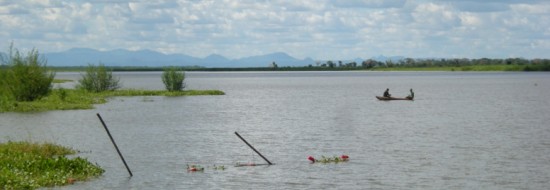

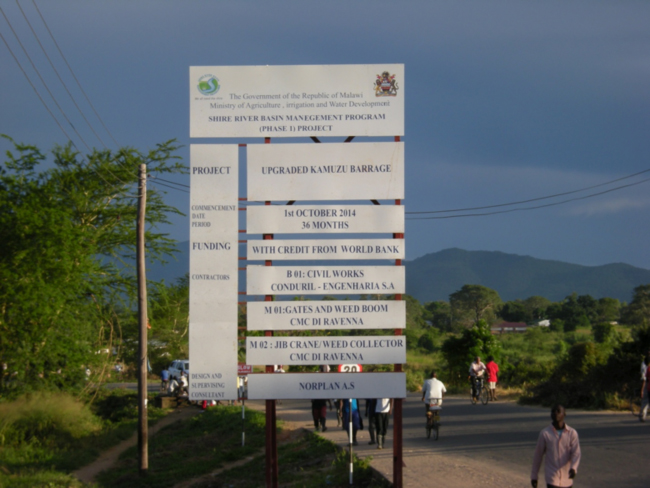
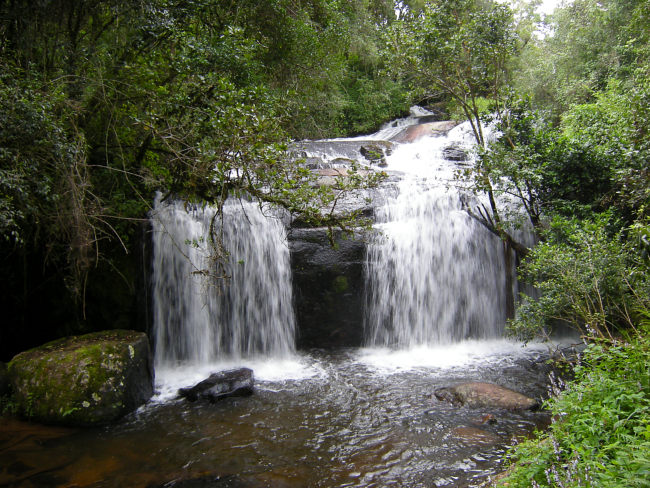
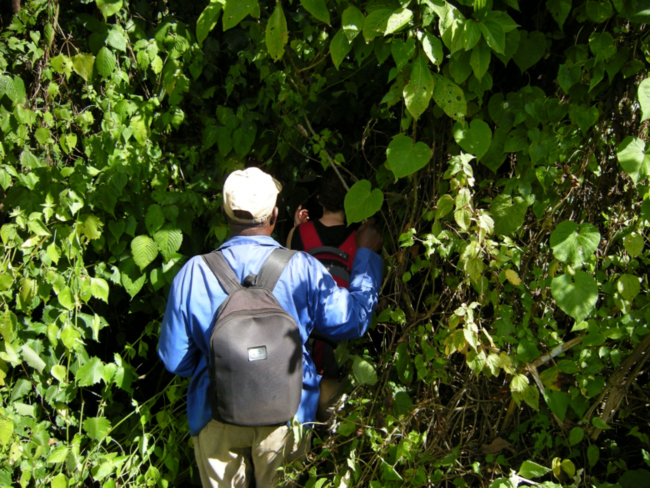


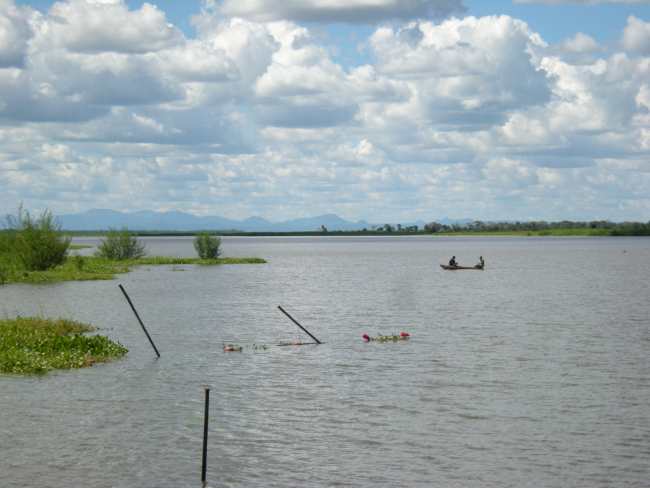
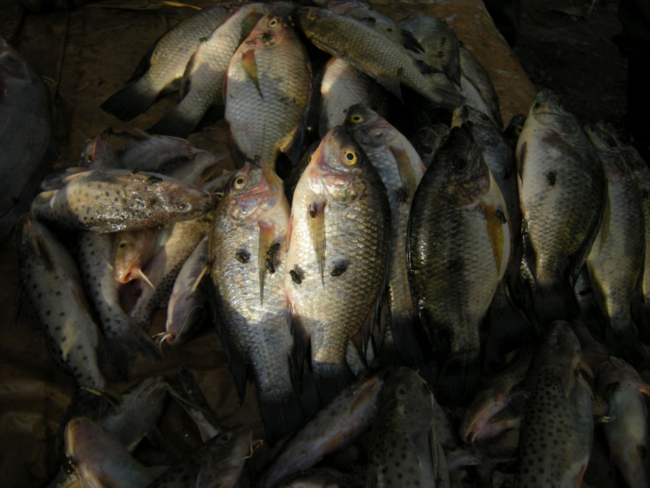
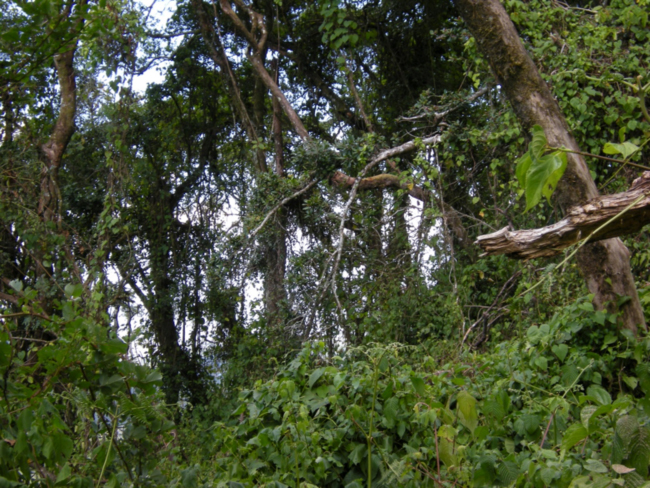




July 26, 2015 2:47 pm
I enjoyed this Bruce – very well articulated and interesting to read.
cheers
Erik
July 26, 2015 6:54 pm
Bruce,
Well summarized and linked.
Daulos
July 26, 2015 10:10 pm
As with all the others, fascinating. And it allows us to travel to these places thru your eyes. I interrupted reading this one because I saw the selection of essays that flash along the right side and read the one on E.O. Wilson. I wrote a note on that, too.
Dewey
July 27, 2015 3:40 am
Bruce, its always a pleasure to hear from you, thank you for that great info. God bless you.
Victor
April 20, 2016 2:27 pm
Nicely done, Brice. I have also worked in Zomba district and passed through Liwonde many times.